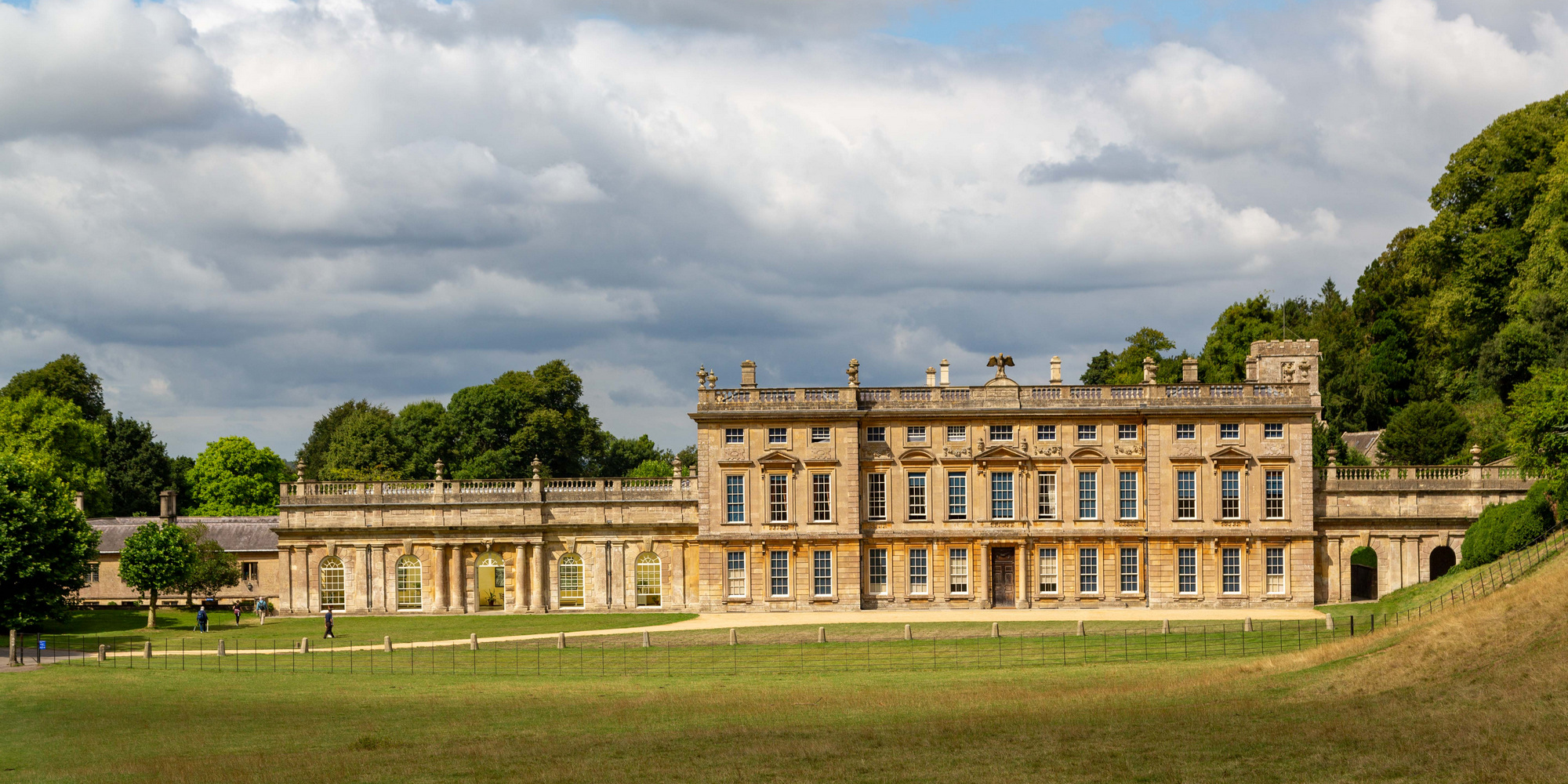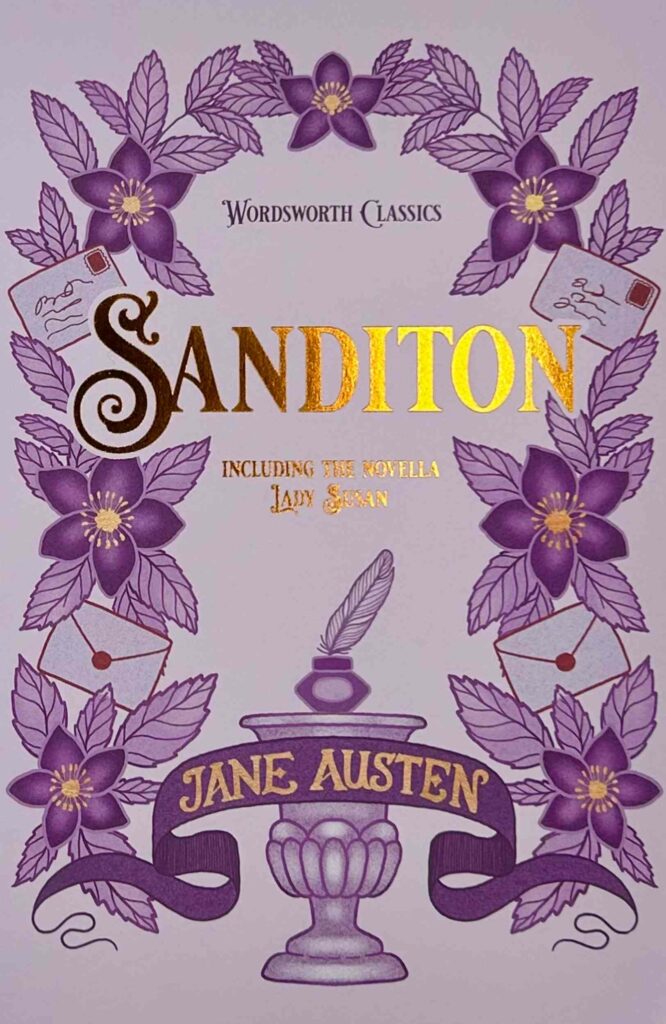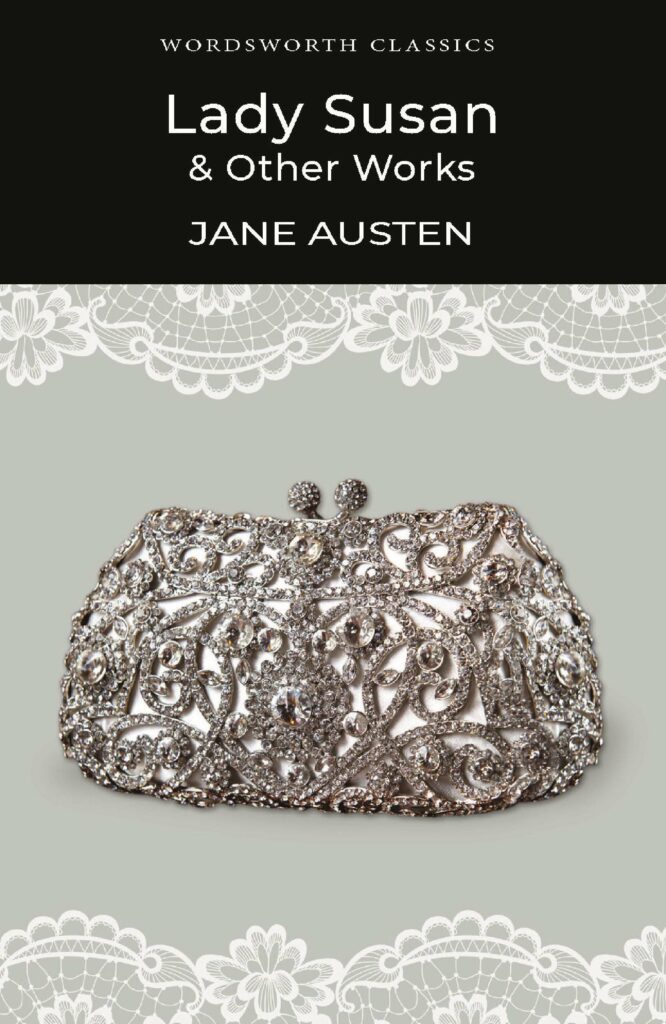
Sally Minogue assesses Sanditon
‘A little higher up, the Modern began’: Sally Minogue assesses Jane Austen’s unfinished final novel ‘Sanditon’, a venture into a new world.
Sanditon begins with an accident and ends in mid-air. An unfinished – indeed a barely started – novel will always be the subject of speculation. But the last work of Jane Austen, necessarily broken off by first her illness and then her death invites all sorts of impressions, imaginings and extrapolations. Even allowing for its sketched form, this novel has uncertainty and contingency at its very heart. That is the opposite of what we expect from Austen, and it may be that with time and revision, it too would have been rounded out and resolved with her usual confidence and firmness of moral and narrative purpose. However, the signs are otherwise, and commentators generally agree that Sanditon marked a decided change of direction for Austen. This makes the eleven and a bit chapters she left us both poignant and fascinating in equal measures.
In those chapters, and much more formally than in her other novels, Austen introduces her dramatis personae, positioning them in a particular time and place. And that is a seaside place – in her earlier novels often a temporary abode, somewhere to be ventured to rather than lived in, the scene of mishap and confusion, or something worse. We think of Louisa Musgrove leaping flirtatiously from the Cobb into the arms of Captain Wentworth at Lyme Regis, and suffering a punitive concussion (Persuasion) and George Wickham almost persuading a 15-year-old Georgiana Darcy to elope from Ramsgate (Pride and Prejudice). But in Sanditon the seaside takes centre stage, and Austen sets her characters in motion within a physical and social topography that is itself shifting. We can understand, then, why Andrew Davies leapt at the chance to ‘adapt’ it for television. Everything is made ready by the great novelist, but her death gives him convenient carte blanche to do as he will. And being Andrew Davies, there’s plenty of will. Eight hour-long episodes of it. At present, I’m giving him the benefit of the doubt, and I’ll look at his version of Sanditon directly after the final episode in October. At present, let’s consider the novel as we have it; for these are Austen’s last words.
That is some 25,000 words, about one-fifth of a standard Austen novel. It is remarkable that she managed that much in the space of a mere seven weeks, from January 27th to March 18th 1817 (as her own dates on the manuscript tell us). That’s an average of 3,500 words a week, 500 words a day, in longhand, carefully corrected and revised. I wish I could boast such numbers. Those first three months of writing must have been dogged by ill health, but there is no sign of it; rather there is a sense of creative excitement and possibility. Illness does figure in these pages, but it is imagined rather than actual, ironized by the author, as perfectly healthy young (and some older) men and women seek out the supposed health-giving properties of sea bathing. And there’s genuine exuberance in the account of that early nineteenth-century phenomenon, the sudden explosion of the seaside resort.
The very accident with which the novel begins has an excitement of its own, to pique the reader’s interest. And while it lands us, along with the injured Mr. Tom Parker and his wife Mary, briefly in the staid world of the Heywoods’ country estate where ‘the maintenance, Education and fitting out of fourteen Children demanded a very quiet, settled, careful course of Life’ – we’ll shortly be led out of that safety into the uncharted waters of the seaside. ‘Mr and Mrs Heywood never left home.’ Enough said. Their daughter Charlotte can’t wait to escape to the excitements of Sanditon.
In Chapter 3, we arrive at Sanditon. But Austen defers our gratification with the opening words of the chapter: ‘Every Neighbourhood should have a Great Lady.’ This is much more Austen-like, infused with her characteristic irony; clearly, Lady Denham, the necessary ‘Great Lady’, would have been a major figure in this novel. While in demeanour she is reminiscent of Lady Catherine de Bourgh in Pride and Prejudice, her marital history reminds us of Austen’s young heroines, struggling with the conflicting demands of social conformity, economic necessity, and their own private passions. Yet we are told that ‘Lady Denham had been a rich Miss Brereton, born to Wealth but not to Education’. She doesn’t need a rich older husband, but even so she acquires one. When he dies, her second husband might equally well profit by her, but she sees him out too, and returns to her native wealth and her first husband’s seat, having acquired a title via her second husband. Lady Denham ‘knew the value of Money’: what a weight of judgement lies in that sentence. The gloves are off in this novel, and Austen is facing up to the truths of her society. Lady Denham may appear to be nakedly materialistic, but we do not know how her past history may have evolved to make her thus. Meanwhile, those closest to her may also be motivated by a desire for her riches.
Set against her and those members of her family who revolve hopefully around her, the naïve Charlotte Heywood represents the innocence of vision, and it is her vision that opens to us at the start of Chapter 4. The avuncular Mr Parker (he of the opening accident) has taken her under his wing, and by this device, and through both his speculative narrowed gaze and Charlotte’s wide-eyed one, we are introduced to Sanditon. It is a village in flux, neatly captured by the Parker family’s move from their old ‘very snug-looking Place’ (Charlotte) ‘pent down in this little contracted Nook’ (Mr Parker) to their newly-built Trafalgar House. They have chosen to escape the safe shelter of a house at the centre of their own estate land, a proper distance from the hoi polloi, ‘well-fenced and well-planted’, to one at the top of a hill overlooking the sea, a hill which Mr Parker hopes will become ever more populous:
Trafalgar House, on the most elevated spot on the Down, was a light elegant building, standing in a small Lawn with a very young plantation around it, about a hundred yards from the brow of a steep, but not very lofty Cliff – and the nearest to it, of every Building, except one short row of smart-looking Houses, called the Terrace, with a broad walk in front, aspiring to be the mall of the Place. In this row were the best Milliner’s shop and the Library – a little detached from it, the Hotel and Billiard Room – Here began the Descent to the Beach, and to the Bathing machines – and this was, therefore, the favourite spot for Beauty and Fashion.
Mr Parker is practically rubbing his hands as he sees his economic opportunities take shape, albeit with an underlying current of anxiety. This is the new world of commerce and speculation, thrusting aside conservative values of withdrawal and consolidation as represented by the lodge gates of the old Sanditon House, and embracing the somewhat riskier new – for here, just beyond those gates, ‘a little higher up, the Modern began’.
Twenty-two-year-old Charlotte looks on all this with ‘the calmness of amused Curiosity’, but at the end of the chapter, ensconced in her room in that ‘light elegant Building’, she gazes with pleasure ‘over the miscellaneous foreground of unfinished Buildings, waving Linen, and tops of Houses, to the Sea, dancing and sparkling in sunshine and Freshness.’ Ironic as the stance of the narrator might be when observing Mr Parker’s enthusiasm for all things seaside, she withdraws that irony when presenting Charlotte’s point of view, and in the novel, as we have it she seems herself enthused by this new subject matter, with its miscellaneousness and its movement.
If she had lived, would this novel have been a turning point for Austen, away from the landed classes, the fixity of social norms, and an essentially conservative viewpoint, towards social mobility, money earned by speculation rather than inherited by birth, and a greater openness of class relations symbolized by the seaside resort where all could gather on a common beach, and all could submerge themselves in the health-giving waves? Would this have been the novel that started by being sceptical about the Modern and ended by embracing it? That we can’t know. (Though I’ve no doubt that Andrew Davies will tell us.) The truncated text itself is full enough of such possibilities to engage the reader’s imagination in a new way, for we can all speculate about how it might have moved forward, and where Charlotte and the novel would end, perhaps this time not in matrimony but in modernity. And with such a varied cast of characters, including Miss Lambe, a mixed-race heiress – Austen’s first black character, and one given the means to power through her money – events could move in any direction. While in Lady Denham we have a truly original figure at the novel’s heart, an older woman with an interesting past, likewise empowered by money, casting her own somewhat jaundiced eye on the seaside adventure she has herself helped to set in motion. But for me, the true interest of these seventy pages of fiction is that they are the last that came from Jane Austen’s pen, written in a time of pain and difficulty, perhaps even fear, but still brimming with her wit and inventiveness and irony. We can see her writer’s eye sparkling, even as she laid down her novelist’s pen for the very last time.
Sanditon can be found in Lady Susan and Other Stories, Wordsworth Editions, which also includes The Watsons and other short or unconcluded fictions.
All of Austen’s major novels are published by Wordsworth both individually and in compendium form.
There have been several attempts to provide an ending to Sanditon, including an early one by Austen’s own niece, Anna Lefroy, and, improbably, one by Reginald Hill in his Dalziel and Pascoe series, A Cure for All Diseases (2008). There are also many recent fan fiction continuations. These, and all matters Sanditon, are given the academic onceover at http://www.jasna.org/publications/persuasions-online/vol38no1/marshall/
Andrew Davies’s Sanditon is being aired in eight weekly hour-long episodes on Sundays at 9pm on ITV. The first two episodes should be reachable on iplayer/catch-up.
My blog on injury stories in Jane Austen is still available on the Wordsworth website here
Image: Dyrham Park, Gloucestershire is one of the locations used in the ITV series. It has appeared in many other films and TV series, including the Merchant Ivory film The Remains of the Day. Picture: Derek Wright © 2018
Books associated with this article

Sanditon & Other Works
Jane Austen
